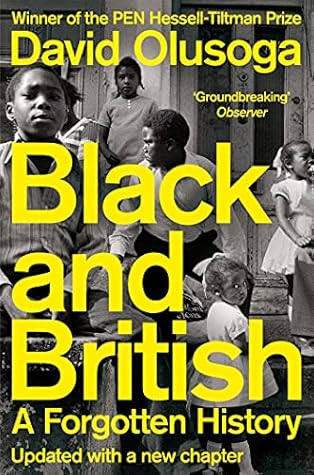The cotton industry had started in earnest in Lancashire in the middle decades of the eighteenth century. Some of the initial capital invested in the cotton trade had been accumulated through Britain’s triangular slave trade, as had much of the business acumen that was a feature of the early cotton entrepreneurs. Decades of slave-trading and sugar-trading had brought into being complex networks of finance and credit that helped the cotton industry advance at a rapid speed. As cotton moved from a cottage industry that fitted around older rhythms of rural life into factories and mills, other
The cotton industry had started in earnest in Lancashire in the middle decades of the eighteenth century. Some of the initial capital invested in the cotton trade had been accumulated through Britain’s triangular slave trade, as had much of the business acumen that was a feature of the early cotton entrepreneurs. Decades of slave-trading and sugar-trading had brought into being complex networks of finance and credit that helped the cotton industry advance at a rapid speed. As cotton moved from a cottage industry that fitted around older rhythms of rural life into factories and mills, other lessons learnt from New World slavery were applicable. Management techniques and methods of labour accounting drew their inspiration from the plantations of the West Indies. The cotton goods produced in the mills that grew up around Manchester were themselves commodities within the Atlantic economy. Raw cotton, some of it grown by enslaved Africans in the West Indies, was processed into cloth and clothes in English mills and was then sold to the slave-traders of Liverpool. Some of these ‘Manchester Cottons’ were then shipped to the slave coasts of Africa on the first leg of the slave-traders’ triangular journeys. There they were offered to the African and Afro-European coastal slave-traders in exchange for captive Africans. Some of the cheaper Manchester cotton was dyed and patterned to resemble higher quality Indian cotton cloth that had long been sought after in Africa.4 Other Manchest...
...more
This highlight has been truncated due to consecutive passage length restrictions.
Link between cotton boom and salvery.


